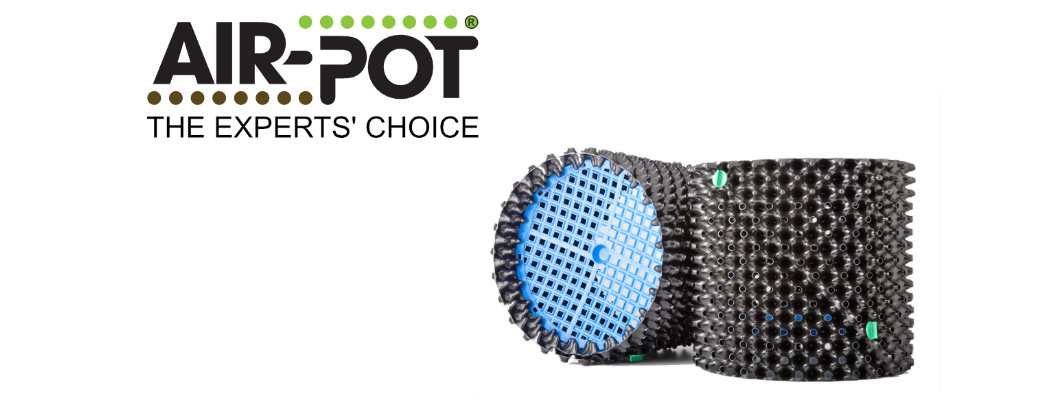
Title image above is copyright © The Caledonian Tree Co. Ltd
First published 28th September 2024
Using an Air-Pot® requires a different approach to that of regular pots, and doing this ensures you get the most out of your Air-Pot®. This approach concerns:
- the growing medium;
- watering, and;
- nutrients
The Growing Medium
First and foremost, this has to be fine, as in particles 5 mm or less. Any compost or potting mix used will probably need to be sieved first.
A fine medium ensures the container is not only firmly packed, but that the cones are filled as well — you’ll know this is happening when you see medium falling out the holes.
A firmly-packed container provides the dense medium needed for increased root growth and nutrient uptake, and packed cones enable root-pruning to occur. Both of these work in tandem to create the dense, fibrous root balls you will never see in a regular pot.
The medium itself can be of any formulation, so long as it is fine. It could be 100% coir peat in a hydroponic set-up, with all nutrients delivered in liquid form. It could be 100% nutrient-rich sieved compost. It could be a fine commercial potting mix. It could be any combination of any of these, or something different again.
I personally use a 1:1 ratio of coir peat:compost most of the time, and a 1:1:1 ratio of coir peat:compost:potting mix if I have any spent potting mixes to re-purpose.
Coir peat has excellent water- and nutrient-holding properties. Coir on its own is not nutrient-rich, but added nutrients will adsorb to it and become plant-available. Compost also holds water well, and is additionally very nutrient-rich.
This combination suits my requirements, but there is no right or wrong as to the mix — you may feel more comfortable adding sand or grit in some situations for example. The most important things are that the medium is fine, the container is densely-packed, and the cones are filled.
Watering Requirements
Air-Pot containers create highly aerobic environments, which is why they can be packed so tightly at all. This environment is extremely beneficial for root development, but more roots means a higher water demand.
This, plus the increased exposure to air via the open cones, does mean an Air-Pot® tends to dry out more often than a regular pot, especially over summer.
If you don’t have an automated irrigation set-up in place then please do monitor your plant for signs of water stress and compensate accordingly.
Sometimes relocating the container to a less sunny spot or watering early in the morning can be enough. In many cases potting up an established plant to a larger container can eliminate water stress overnight.
One suggestion is to erect shade cloth over summer and remove during winter. Another is to place the container under a deciduous tree which provides shade over summer but allows light through during winter. Yet another is to sit the container in water. I stress that these are suggestions — everyone’s particular situation will differ, as will those of the species they are growing.
Nutrient Requirements
A fast-growing root ball not only requires more water, but also more nutrients to feed the rest of the plant. You may need to apply fertilisers more regularly than you would have with regular pots. Liquid fertilisers will give quicker results than slow-release ones.
In Conclusion
Air-Pot containers are incredibly rewarding to use once you know how to get the most out of them!
Seeing the root ball and above-ground growth develop is immensely satisfying, and I do hope this information has helped you achieve that goal.
Kristi Ellinopoullos
BSc(Hons), U.Syd. - double major in biochemistry and microbiology, with honours in microbiology
PhD, U.Syd - soil microbiology
Stumbled into IT and publishing of all things.
Discovered jujube trees and realised that perhaps I should have been an agronomist…
So I combined all the above passions and interests into plant-related websites and blogs, on which I write about plants, gardening, botany, soil chemistry, soil microbiology and biochemistry!
If you have any deep interest in microbiology and/or biochemistry, and how these apply to plants, I’m writing a deep-dive online book From Soil to Fruit here.
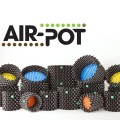
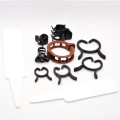

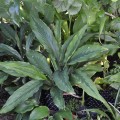
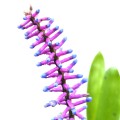
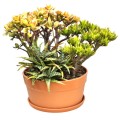
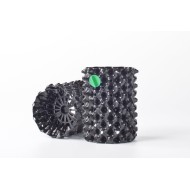
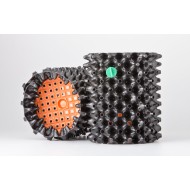
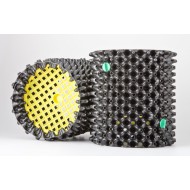
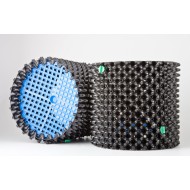
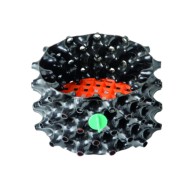
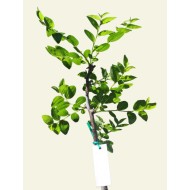
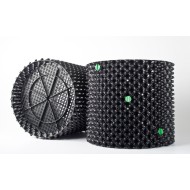
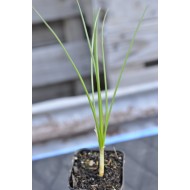
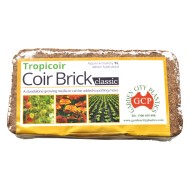
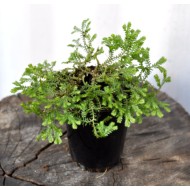
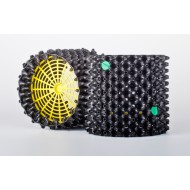
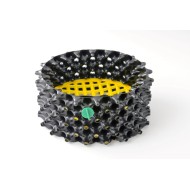
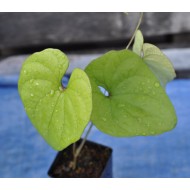
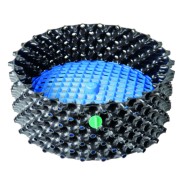
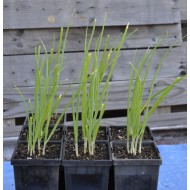
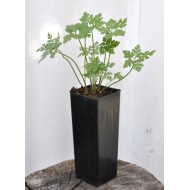
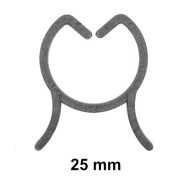
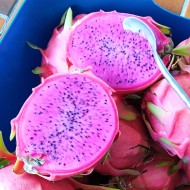
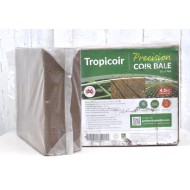
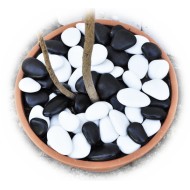
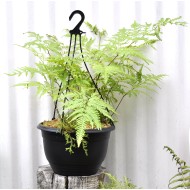
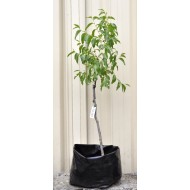
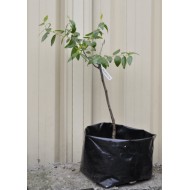
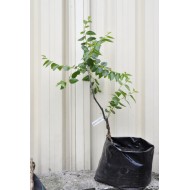
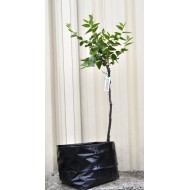
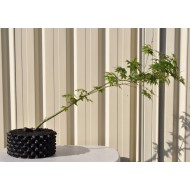
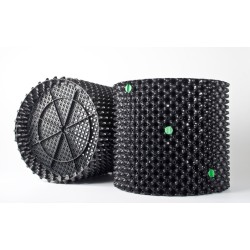
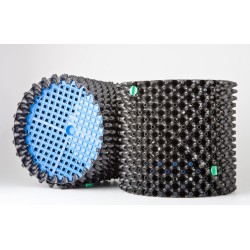
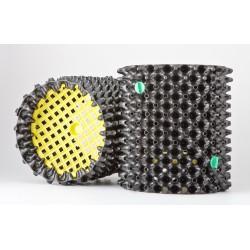
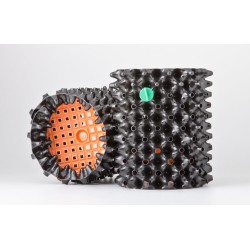
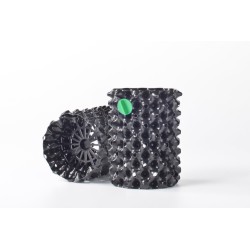
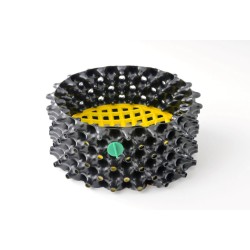
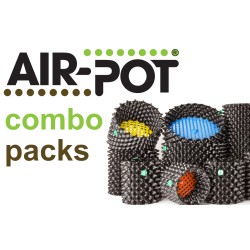
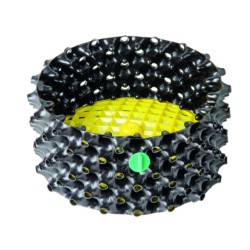
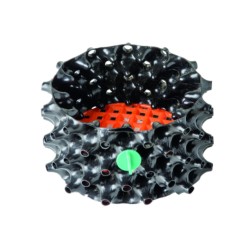
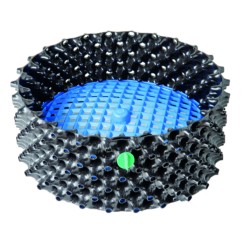
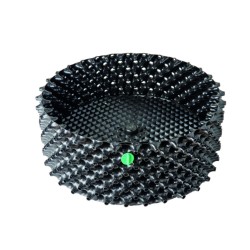
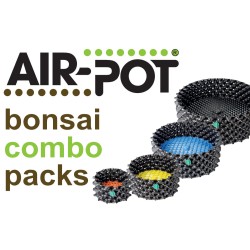
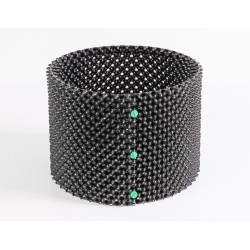
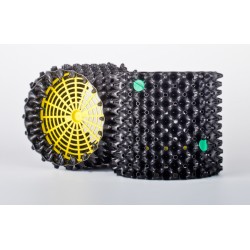
9 Comment(s)
Hi Kristi, I'm in the tropics and am thinking of pairing up my air pot with an olla to plant golden raspberries. Thing is, I'm in the tropics. I'll be putting the plant indoors by a really tall and wide window (I live in a duplex condo) which get's direct morning sunlight till noon. And indirect afternoon sunlight. What do you think is a good soil mix for such a setup? I'm thinking:
Coconut coir – 23%
Peat moss – 13%
Perlite – 13%
Zeolite – 7%
Vermiculite – 7%
Rice husk charcoal – 7%
Vermicompost – 30%
Hi Ezehelm, what an intriguing idea! I 'd love to know how you go - please would you mind sharing a photo of your setup when done? And what size Air-Pot will you use?
I really like this approach to prevent it drying out, especially in the tropics by a large window!
Your proposed mix certainly had a lot of thought go into it and I reckon your raspberries will respond well to this.
Just to clarify if the coir is the fine peat coir? (Of similar consistency to peat moss.)
I've not grown berries in an Air-Pot (it's one of many many plans!), but I do grow berries, and I have a feeling that you may not want your mix to drain so much though. Berries like a lot of water especially when setting fruit - it's what makes the fruit juicy and large.
You could possibly omit the perlite and vermiculite without ill effect, as the aeration afforded by the cones plus the growing roots will minimise waterlogging. Especially with an olla only releasing water when needed.
The nutrient- and water-retaining properties of vermiculite will be more than compensated for by the zeolite, charcoal, and coir. What please were your reasons for choosing all of these? And the peat moss? Was this for pH?
Coir, zeolite and charcoal all have excellent cation-exchange properties. Coir is additionally a great material to bulk out the vermicompost and fill the Air-Pot - something you can't really do with zeolite and charcoal!
Overall I'd say this will be a great mix, though I'd personally lean towards removing the perlite and vermiculite and increasing the vermicompost - this would make the mix 50% vermicompost. A nice rich mix ready for feeding growing fruit. With the rest mostly coir filler but with the excellent properties of zeolite and charcoal there to hold and feed the vermicompost nutrients to the plant.
Thanks a bunch for the quick reply, Kristi
You're most welcome Ezahelm! Best wishes for it all, and would love to hear how you go?
I'm sorry to leave you hanging. Apparently, my reply was truncated by the system. That, or I accidentally pressed back space
So sorry to hear this! The system can handle pretty lengthy responses, but I can't speak to your experience :( It's no fun no matter what happened, and very off-putting. One trick I learned over the years from similar disasters on other sites is to write it elsewhere then copy-paste if that helps?
I did exactly that, using Google Keep. But apparently there's a bug. I'll just split it up into several comments:
Thanks a bunch for the quick reply, Kristi
Here are some pics of the setup:
https://imgur.com/a/eqT0U1E
https://imgur.com/a/mdSP3FL
https://imgur.com/a/xdT1gEs
https://imgur.com/a/GGqoS3O
https://imgur.com/a/ZZppSg1
https://imgur.com/a/QUjs7nZ
https://imgur.com/a/A4qw2p8
The basil's growth kicked off right away, while the soursop has only begun putting on new growth a week or two ago. They were repotted waaay back in February! But then the soursop's been neglected in its nursery polybag since 2022. The soil it was in (and is still partially in) was hard as heck, so the slow response isn't really surprising.
I found that the whole thing's draining the olla faster than I'd prefer. They emptied the olla in 4–5 days if I placed them away from the window and in the shade with some humidifiers (several plastic containers filled to the brim with water and some small ollas). I want the olla water to last 5 days by the window, in the sun. Do you think that's possible, or am I just being unrealistic?
To answer your other questions:
Yeah, what I meant by coconut coir is cocopeat. I just have an aversion to that term, since it has nothing to do with peat to my understanding.
I chose to use some peat moss just to add acidity to the soil mix. I am aware, though, that they may not wet easily after being left to dry out completely. Read that raspberries like a pH of 5.6–6.7, according to the Royal Horticultural Society and the University of Maine. Hopefully, the rice husk charcoal won't make the mix too alkaline.
The addition of rice husk charcoal and zeolite was just my idea of increasing the mix's CEC and providing specific trace minerals which, to my understanding, vermiculite may not. I read this research paper by Chatzistathis (2001) (ikee.lib.auth.gr/record/326204/files/agronomy.pdf), got lost in all the numbers and parameters, and somehow guesstimated that 7% v/v of vermiculite and zeolite each was a decent amount.
Now I have to rethink all of this again
Because of some frustrating problems getting in the way of Ezehelm posting what was intended, please find his full reply as intended here:
https://wollongongnursery.com.au/questions-concerning-the-set-up-of-a-root-pruning-container-part-1
and my reply here:
https://wollongongnursery.com.au/questions-concerning-the-set-up-of-a-root-pruning-container-part-2
Leave a Comment